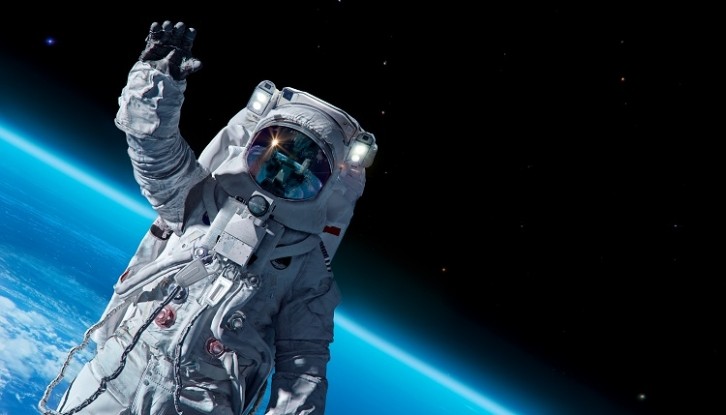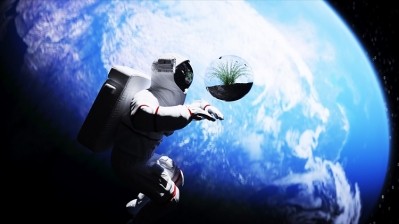Researchers develop ‘perfect meal’ for male astronauts

Long-term Space travellers have different nutritional needs to Earth-dwellers. They burn more calories, and need additional micronutrients, such as calcium, due to extended exposure to microgravity.
Food production also has different requirements in the context of space travel. For future long-term missions, it needs to be circular.
Now, researchers have developed a meal that fits both the nutritional requirements of an astronaut, and the production requirements of future space missions themselves, such as potential missions to Mars.
To nutrition and beyond
Nutrition is important in space. Calcium in particular is needed, as Volker Hassel, one of the researchers, told FoodNavigator. “The blood system expands and the heart might have to pump more. In the medium run bone loss happens; up to 20% weight within some months. Calcium is building bones, as calcium apatite. Calcium supply can help to reduce bone loss in space.”
In order to develop an optimal meal for male astronauts, researchers used a model called linear programming to computationally determine how well different combinations of food could meet the nutritional demands of astronauts while at the same time using as little water as possible.
They also looked at the sustainability of the different ingredients, and tried to choose those that required little time, area and fertilizer to grow. Ten scenarios were tested – six omnivorous ones (combining meat and crops) and four vegetarian (crops only). Crops were assessed by their degree of circularity, using metrics such as waste generation and degree of recyclability.
Researchers came up with a meal that balanced farming needs and nutritional needs: a salad made up of soybeans, poppy seeds, barley, kale, peanuts, sweet potato and/or sunflower seeds. While the meal didn’t necessarily fulfil all of a male astronaut’s micronutrient needs – supplements may be needed – it was the best produced from the research.
“We made modelling that can identify the best mix of crops under given nutrition constraints. Our constraints were 1) sufficient nutrition supply, i.e., fat/protein/carbohydrates plus vitamins, etc.; 2) limit on calories (no overweight); limit on food weight (no one can eat 5 kg per day). You can add further constraints 4) water needed for plant growth; 5) fertilisers; etc,” Hessel told us.
In order to ensure that astronauts would be happy eating the meal, the researchers taste-tasted it with people here on Earth. Many went back for second helpings, and one gave it a rave review.
Food for female astronauts
The meal created here was specifically developed with male astronauts in mind. The researchers say that they will, in the future, use a similar method to develop one for female astronauts.
“We used data on male astronauts because they were available. I am sure that is also true for female astronauts. It would be easy for us to model best food for female astronauts; question of one day,” Hassel told us.
Source: ACS Food Science & Technology
'Modeling of Space Crop-Based Dishes for Optimal Nutrient Delivery to Astronauts and Beyond on Earth’
Published on: 13 December 2023
DOI: https://doi.org/10.1021/acsfoodscitech.3c00396
Authors: S. Liang, K. Rivera-Osorio, A. J. Burgess, D. B. Kumssa, M. Escribà-Gelonch, I. Fisk, M. Knowling, D. Stekel, and V. Hessel





























